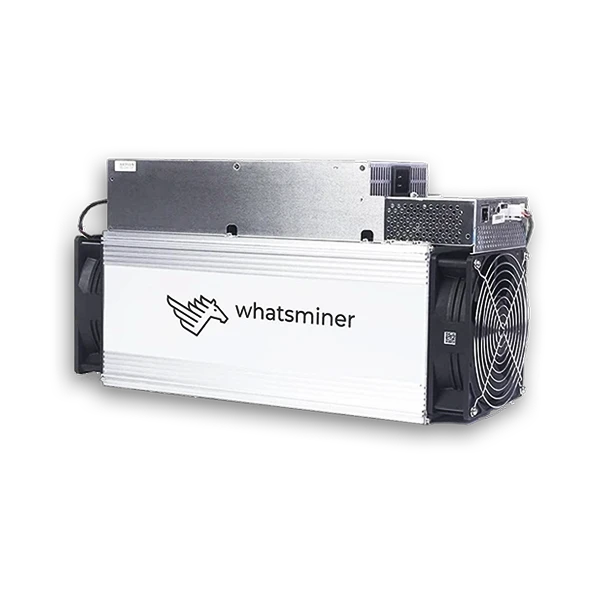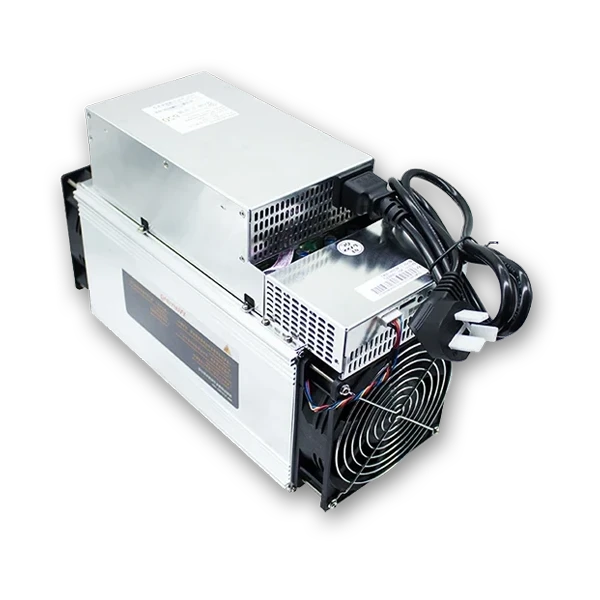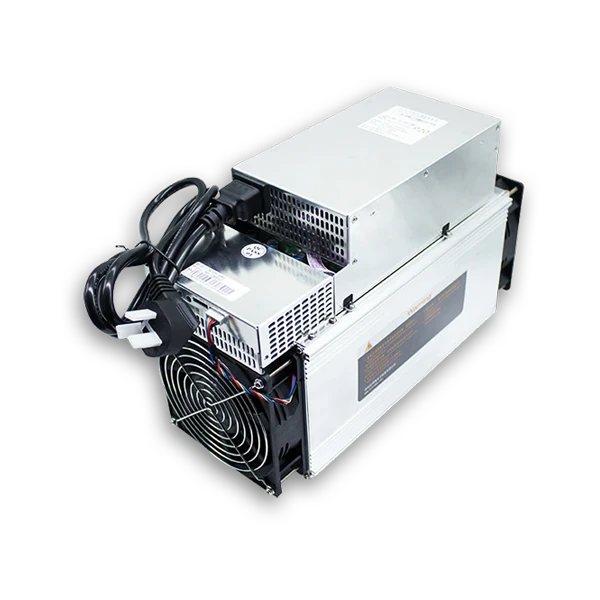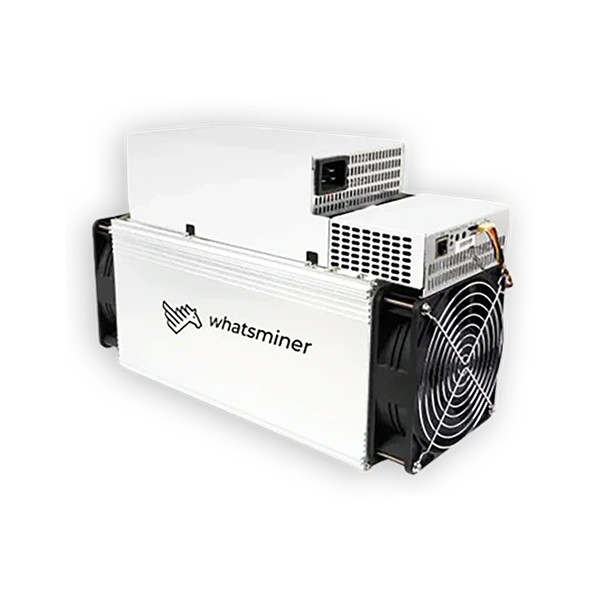




Out of stock
Want to be notified when this product is back in stock?
$1,087.00
The Future of Mining
The WHATSMINER M30S++ 100TH Series is the latest generation of Asic Miners that are designed with advanced technology, improving operations and ensuring long-term operations for future mining. Industry-Leading Hash Rates, Reaching The next-generation achieves ± 3% TH/s leading the industry through performance. J/TH Power Efficiency. The has a power consumption of ± 5% W and power efficiency of J/TH, further improving the efficiency from its predecessor.
is An application-specific integrated circuit (ASIC) is an integrated circuit (IC) chip customized for a particular use, rather than intended for general-purpose use. For example, a chip designed to run in a digital voice recorder or a high-efficiency Bitcoin miner is an ASIC. Application-specific standard product (ASSP) chips are intermediate between ASICs and industry-standard integrated circuits like the 7400 series or the 4000 series. ASIC chips are typically fabricated using metal-oxide-semiconductor (MOS) technology, as MOS integrated circuit chips.
MicroBT is a manufacturer of cryptocurrency, blockchain, and artificial intelligence computing hardware, and also operates the world’s largest and second-largest Bitcoin mining pools according to the companies website.
As feature sizes for have shrunk and design tools improved over the years, the maximum complexity (and hence functionality) possible in an ASIC has grown from 5,000 logic gates to over 100 million. Modern ASICs often include entire microprocessors, memory blocks including ROM, RAM, EEPROM, flash memory, and other large building blocks. Such an ASIC is often termed an SoC (system-on-chip). Designers of digital ASICs often use a hardware description language (HDL), such as Verilog or VHDL, to describe the functionality of ASICs.
utilizes Field-programmable gate arrays (FPGA) are the modern-day technology for building a breadboard or prototype from standard parts[vague]; programmable logic blocks and programmable interconnects allow the same FPGA to be used in many different applications. For smaller designs or lower production volumes, FPGAs may be more cost-effective than an ASIC design, even in production. The non-recurring engineering (NRE) cost of an ASIC can run into the millions of dollars. Therefore, device manufacturers typically prefer FPGAs for prototyping and devices with low production volume and ASICs for very large production volumes where NRE costs can be amortized across many devices.
Early ASICs used gate array technology. By 1967, Ferrari and InterDesign were manufacturing early bipolar gate arrays. In 1967, Fairchild Semiconductor introduced the Micro matrix family of bipolar diode–transistor logic and transistor-transistor logic arrays.
Complementary metal-oxide-semiconductor (CMOS) technology opened the door to the broad commercialization of gate arrays. The first CMOS gate arrays were developed by Robert Lipp in 1974 for International Microcircuits, Inc.
utilizes a Metal-oxide-semiconductor standard cell technology was introduced by Fairchild and Motorola, under the trade names Micromosaic and Polycell, in the 1970s. This technology was later successfully commercialized by VLSI Technology and LSI Logic.
A successful commercial application of gate array circuitry was found in the low-end 8-bit ZX81 and ZX Spectrum personal computers, introduced in 1981 and 1982. These were used by Sinclair Research essentially as a low-cost I/O solution aimed at handling the computer’s graphics.
Customization occurred by varying a metal interconnect mask. Gate arrays had complexities of up to a few thousand gates; this is now called mid-scale integration. Later versions became more generalized, with different base dies customized by both metal and polysilicon layers. Some base dies also include random-access memory (RAM) elements.





For volume discount, pricing and availability of Bitmain Antminer s21+ Hydro 319ths’, contact us at:
get a quote on your preferred miner
We offer Ready To Ship Machines as well as Future Batch Orders at a Discount
